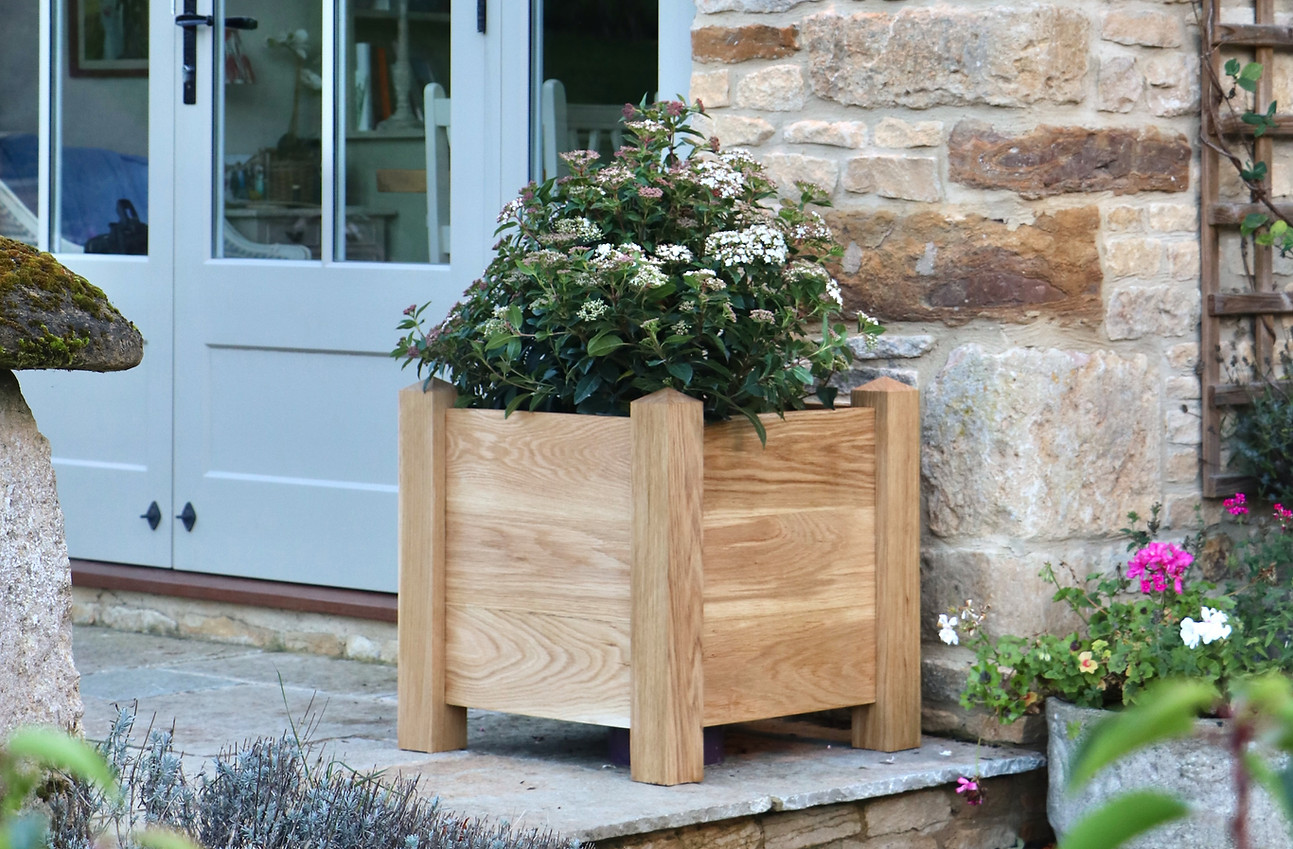top of page

WILL HARRIES
Handcrafted Wood Designs
ORIGINAL SOLID WOOD DESIGNS
handmade in Warwickshire
The first products in our range of solid oak planters are now available. Made with high quality craftsmanship and attention to detail, these planters are treated for use outside, all year round. Bespoke sizes are available on request.

bottom of page






